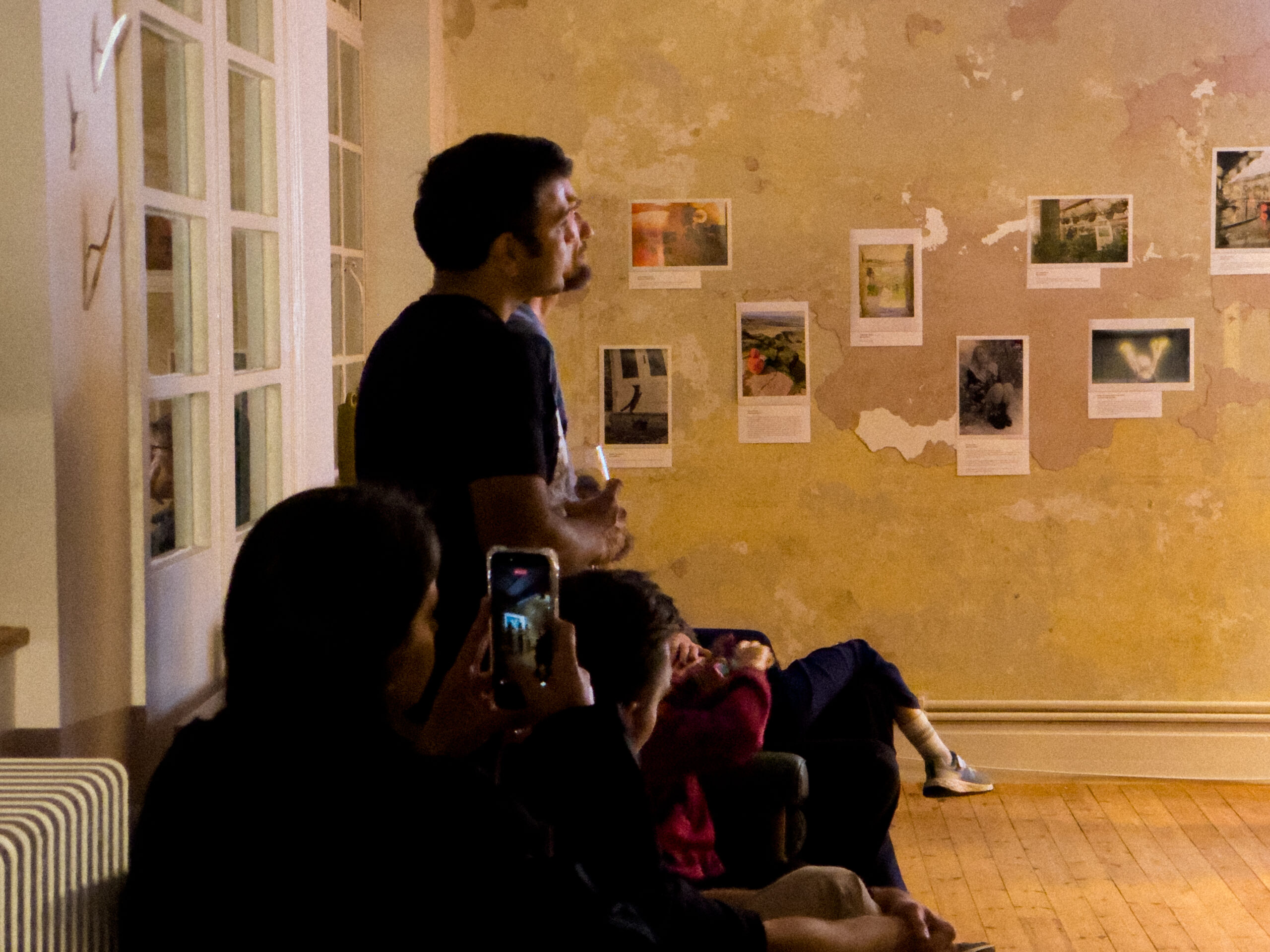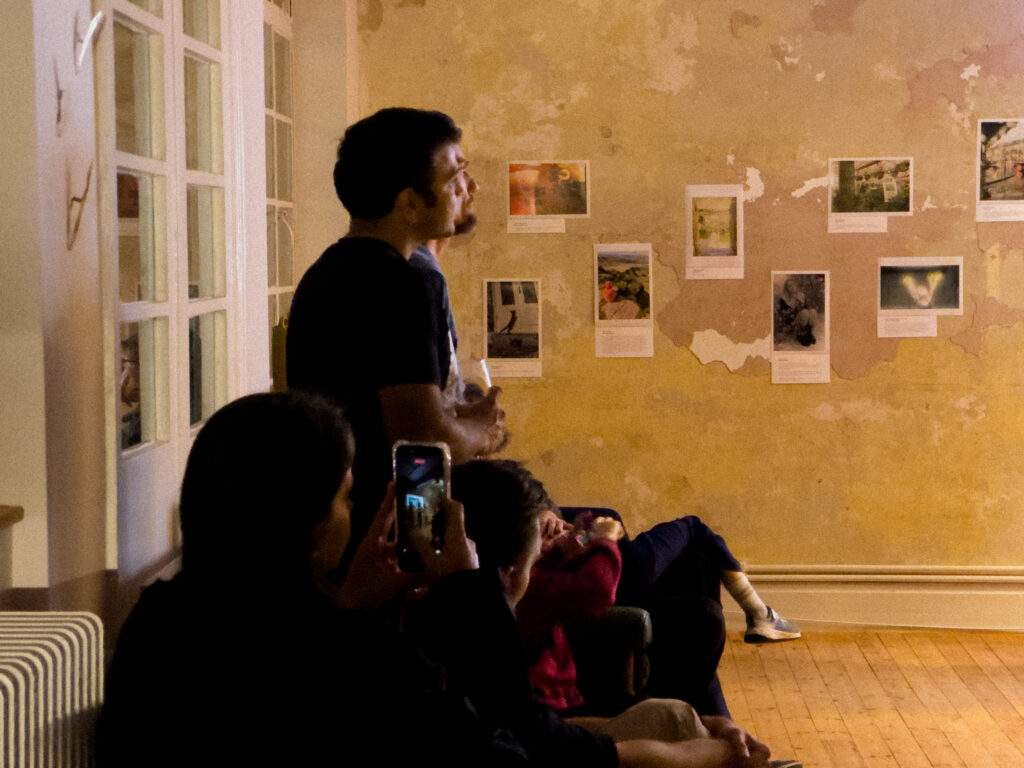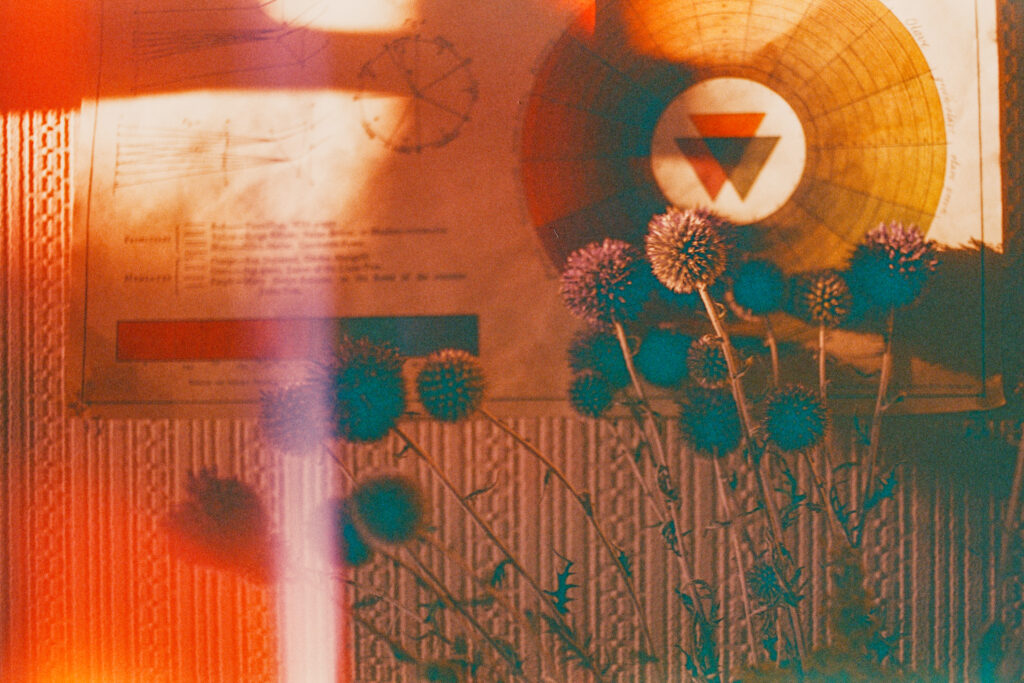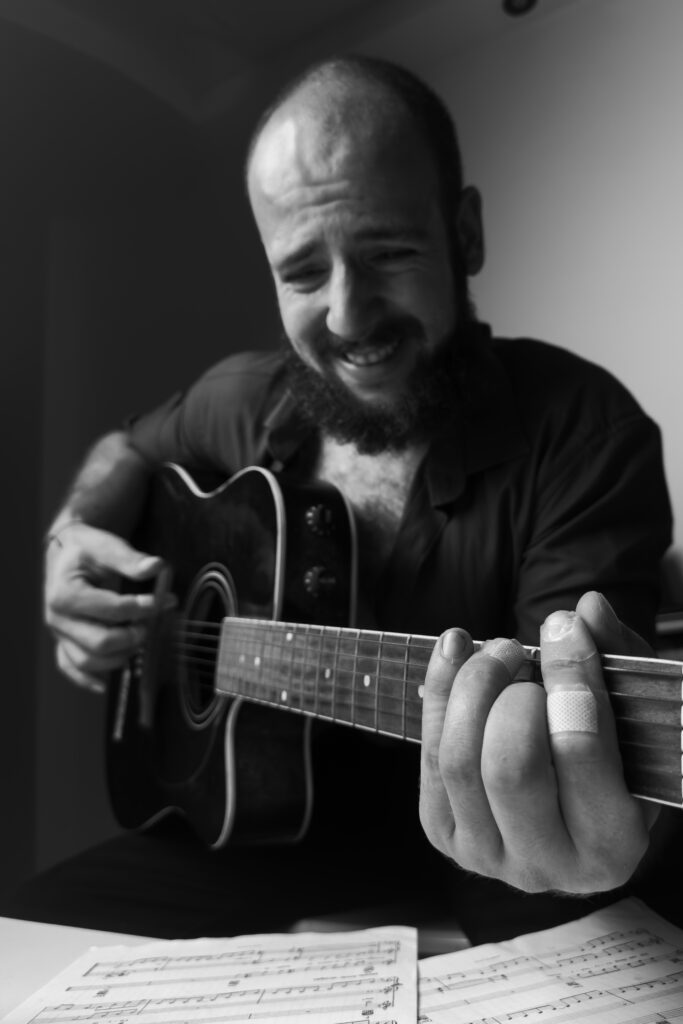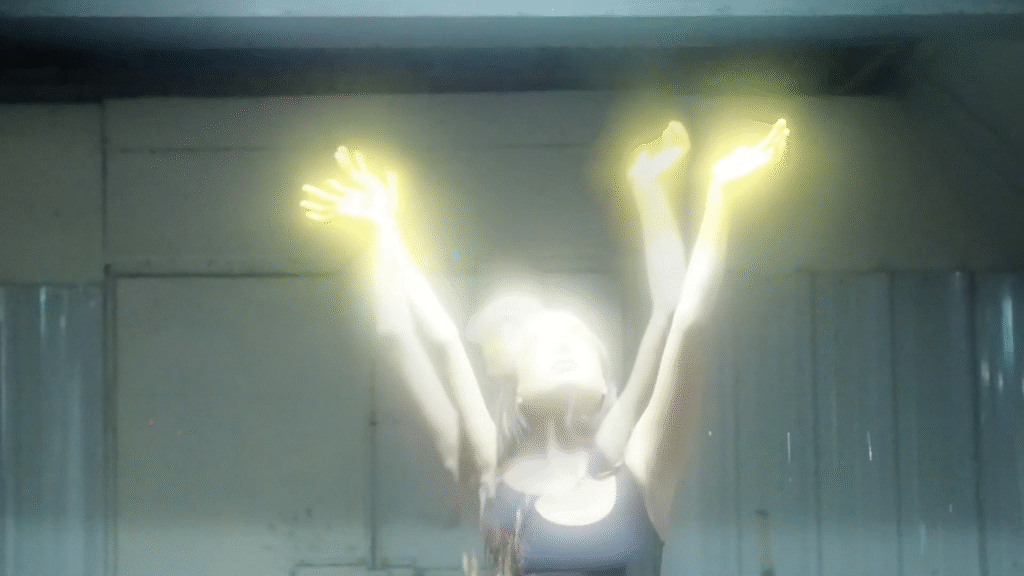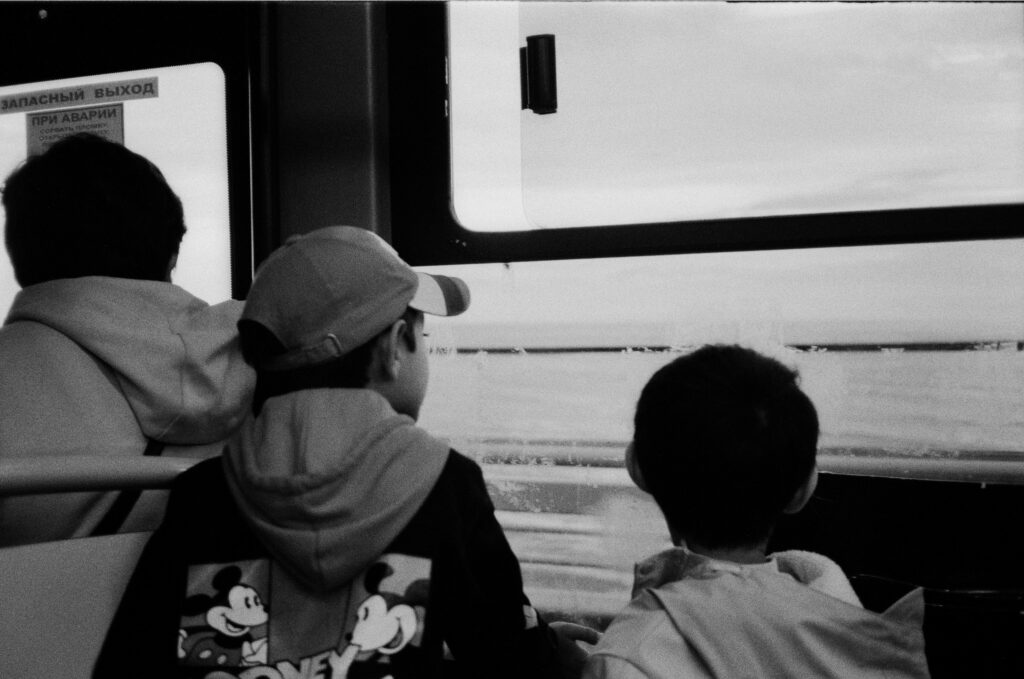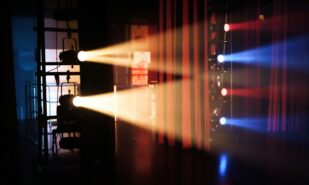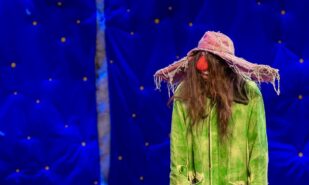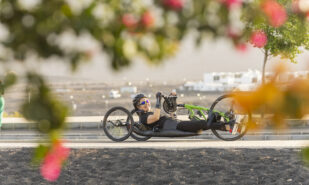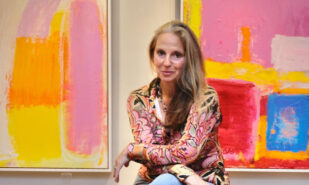Last week in London, a short — just one evening! — exhibition of photographers’ works took place under the telling title “New Beginning.” Autumn is the season of harvest, of taking stock, of returning to work after rest, and so it became the perfect time to launch the show.
A New Hope: “New Beginning” Photo Exhibition in London
Everyone could take part — both professionals and amateurs — but each work had to follow the theme. This autumn the exhibition gathered, in a small and intimate space, those who wanted to reflect on the past as a step toward something new. A newborn child, a quiet summer day, a mysterious door, someone’s gaze into the camera, the strings of a guitar neck. Beneath each photograph lay an important life story, preserved with the click of a shutter.
It was, perhaps, Brodsky who said: a poem becomes art when it breaks free from the roots of a private, personal story. The same is true of photography: it begins to live when viewers encounter in it something that resonates with each of them. Anyone can take a photograph worthy of being printed, and everyone has a story to share.
The creator of the project, Olga Stalberg, lives in Israel and organizes monthly exhibitions in different cities on different themes. This time, her path led her to London.
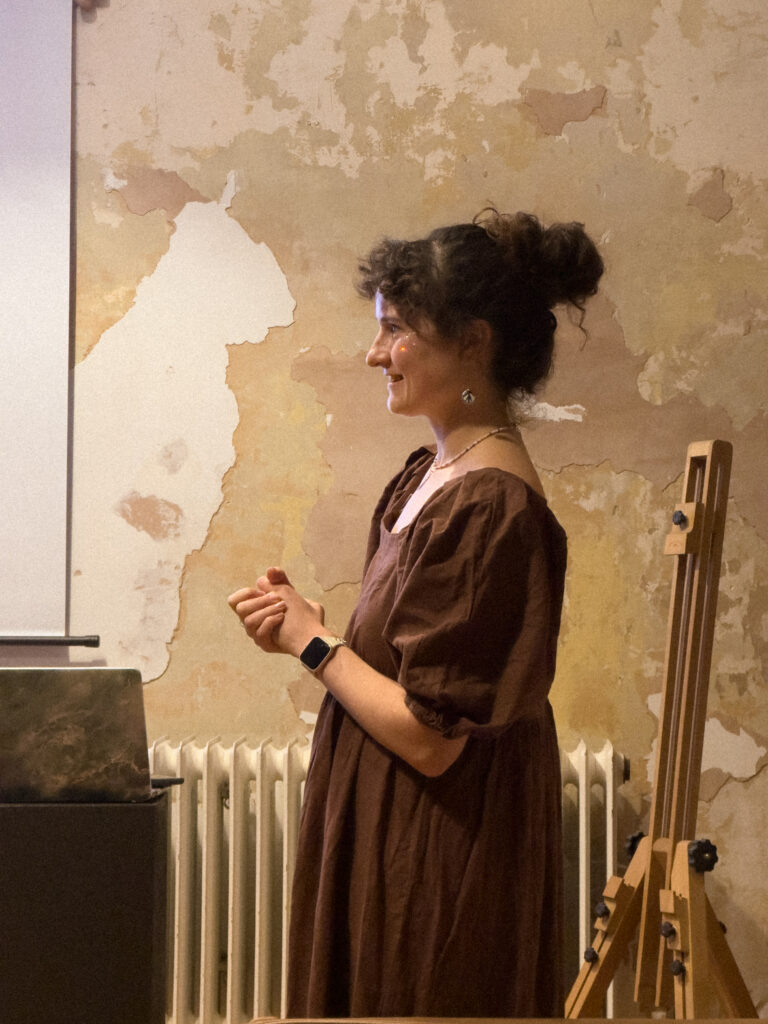
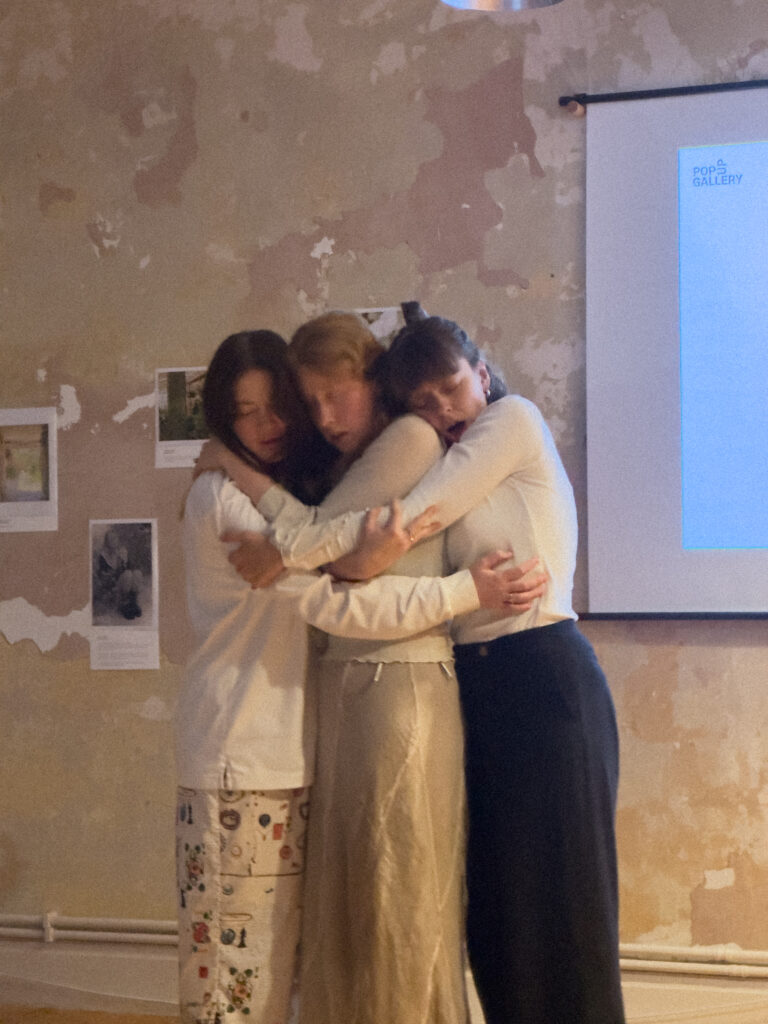
“Pop-up gallery,” says Olga, “is not about pure art, but rather about community and creative catalysts. At the exhibition we take a step back: we choose a single photograph, we print it. We slow down, we hold a physical artifact in our hands, we tell its story, we listen, and we connect in the breaks.”
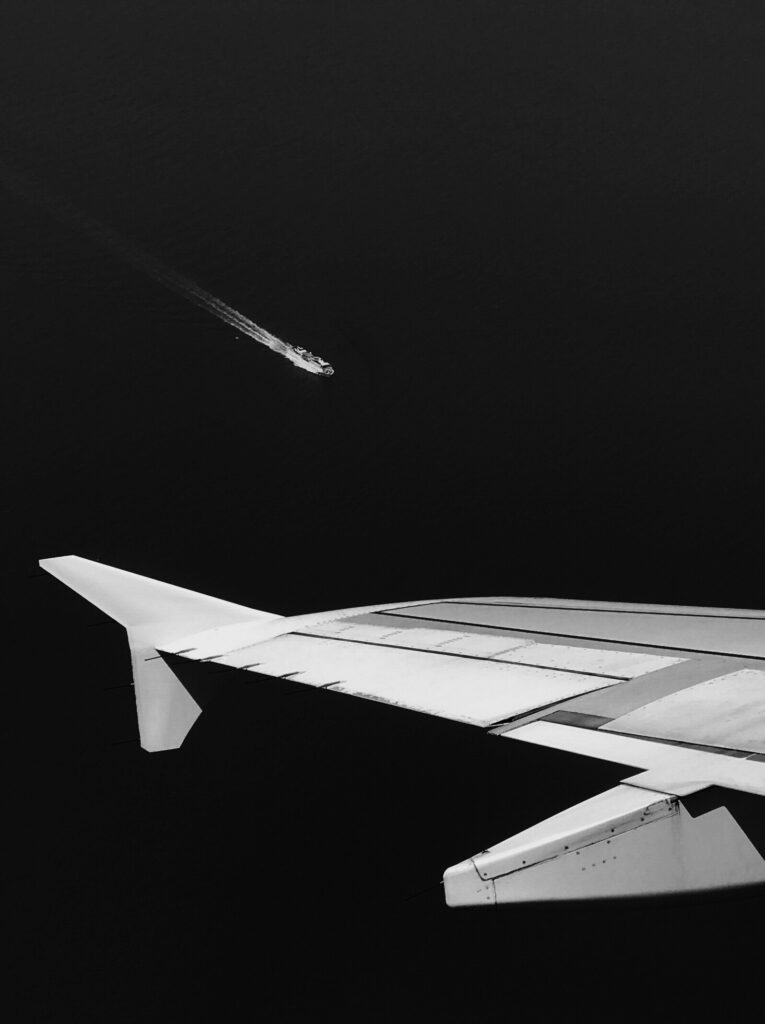
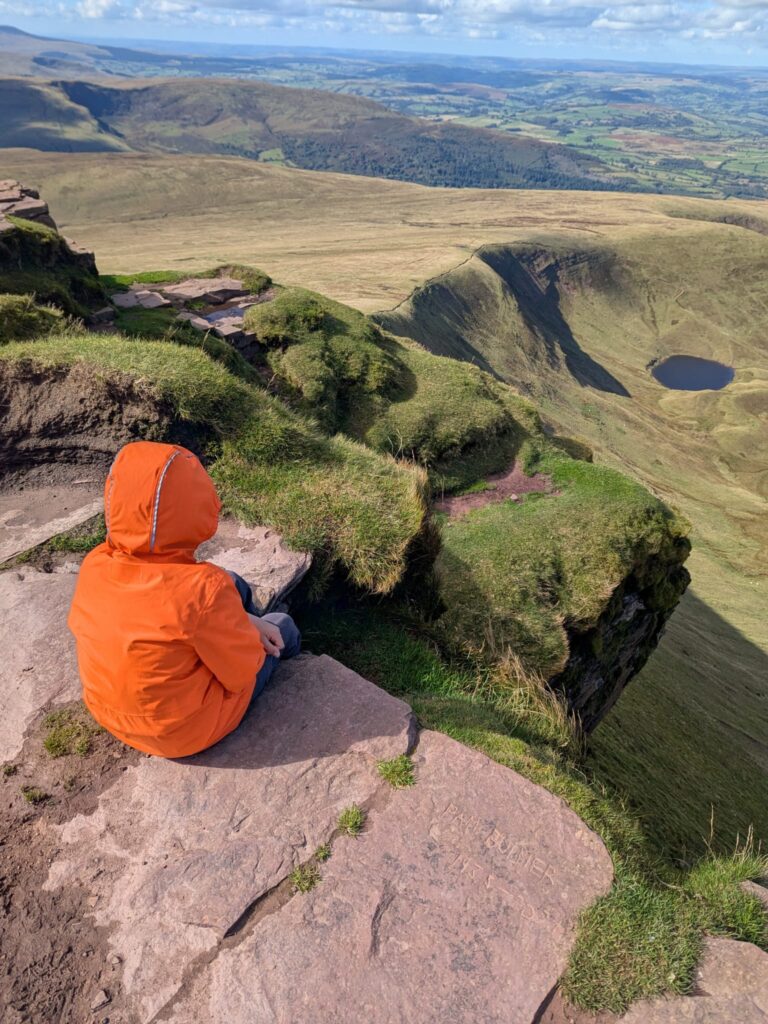
Throughout the evening, artists spoke about their works, and the images filled with entirely new meanings and narratives. This layering of meanings, perhaps, became one of the most important features of New Beginning.
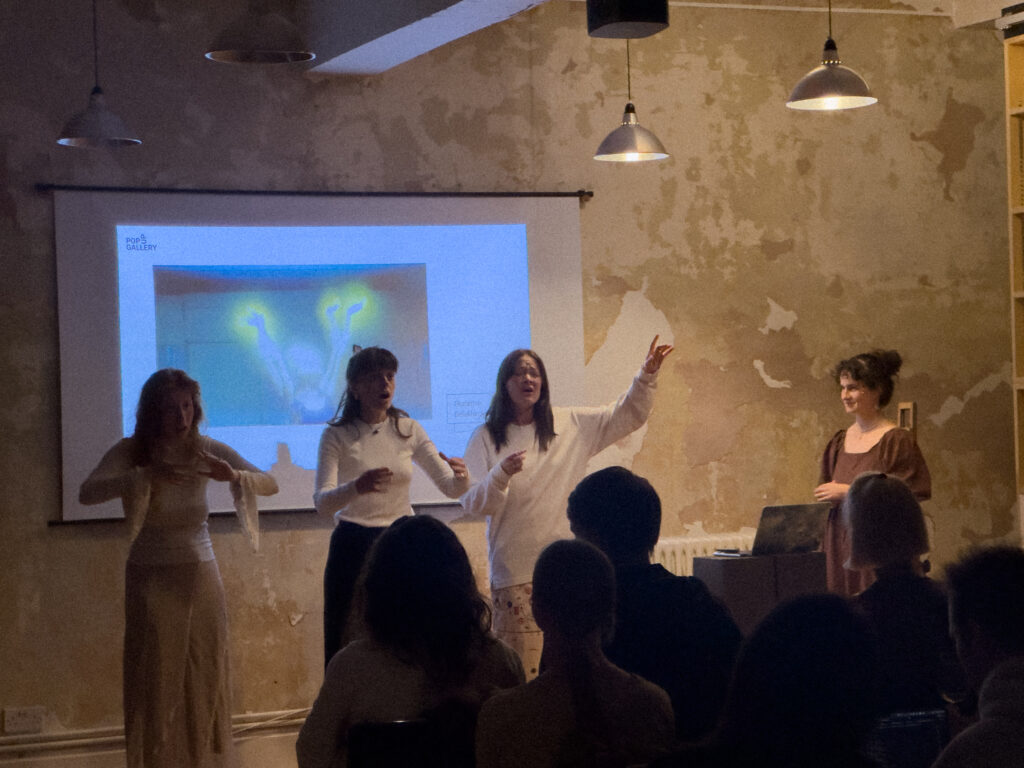
Some of the photographs were also interpreted through PASCOL, a vocal improvisation project. Its performers (three of them were present at the show) transform a story — seen or heard — into improvised vocal performance, sometimes with words, sometimes without. This time PASCOL sang to the steady pulse of photographs.
Among the participants were Valya Korabelnikova, Marie Lourier, Olga Rerbo, Varvara Burtseva, Andy Go, Mikhail Pestryaev, and others.
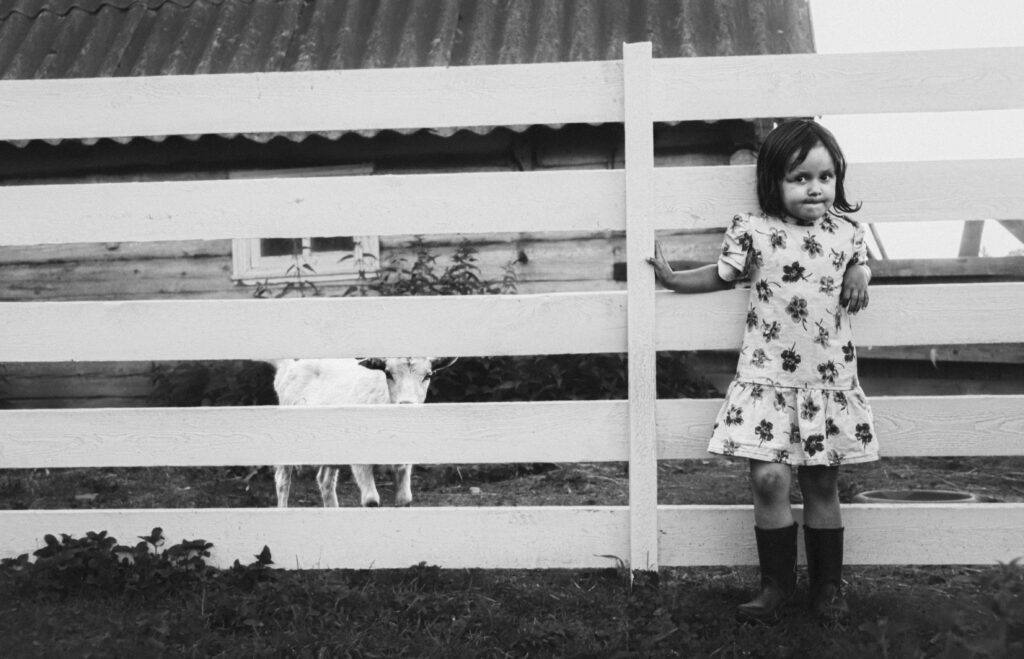
On one of Burtseva’s black-and-white works, a tiny girl looks out at the viewer. She wears a delicate flowered dress with heavy rubber boots. A scraped knee, a sharp black bob, a lip caught in her teeth. A tiny hand resting proprietorially on a fence, from under which a goat’s muzzle pokes out. The image tells the story of the beginnings of a small cheese farm in the Pskov region. Its owners — city people forced to move to the countryside — decided to trust chance and start over: they bought a dozen Nubian goats and allowed their daughter to live an extraordinary childhood while they built a new life and gained their first customers. This girl is clearly kin to Astrid Lindgren’s heroines, ready at any moment to leap onto a chocolate-brown goat and gallop across the fields. The work is about trust, curiosity, and beginnings.
Another work shows the neck of a guitar and a face contorted in either a grimace of pain or a smile — a self-portrait by Mikhail Pestryaev. The photograph marks the beginning of a long-awaited return: for a long time a broken finger kept the photographer from holding his beloved guitar, and finally that moment has come. A plaster on the finger, a heap of sheet music, a spectrum of emotions. Fear, joy, hope — and love.
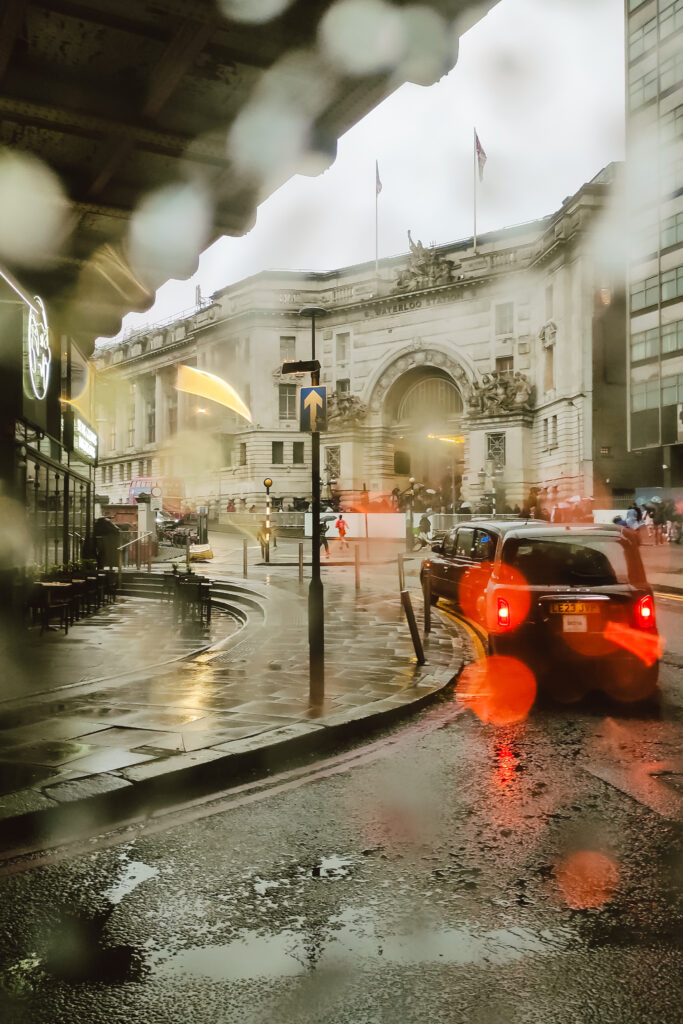
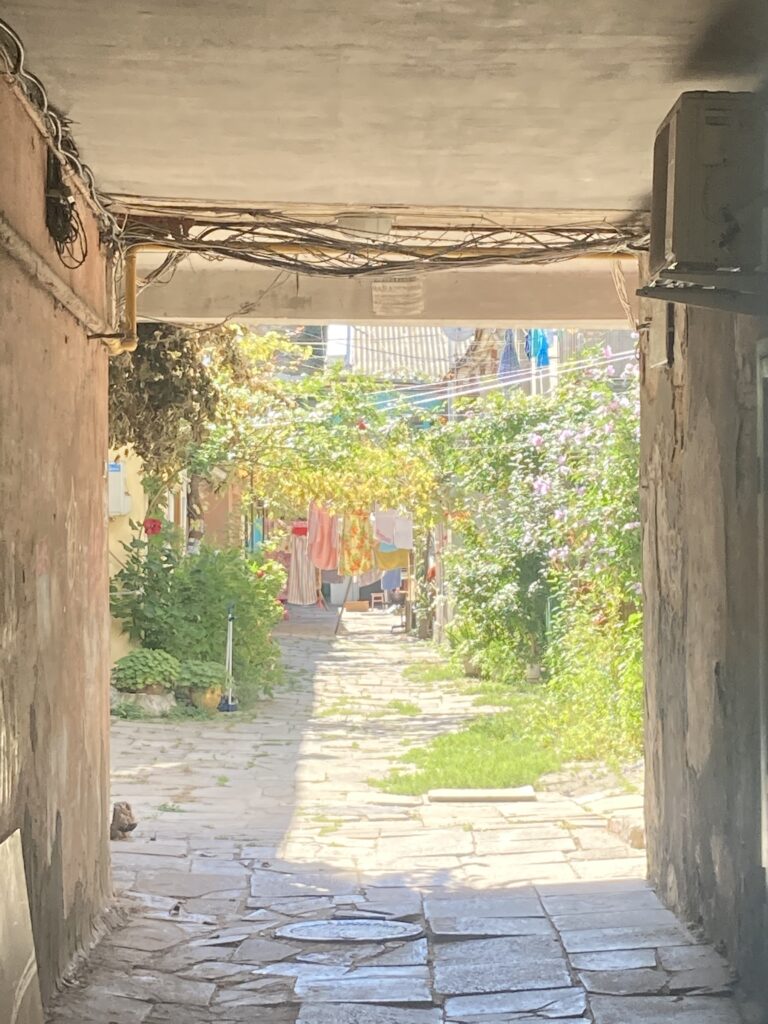
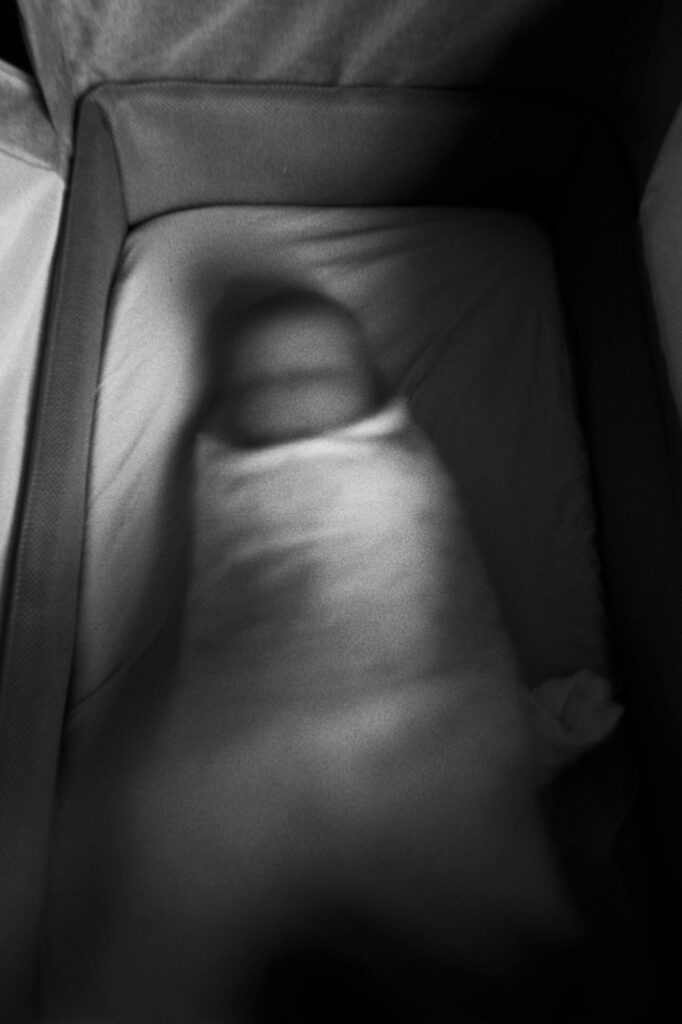
Other works include Lena Otvodenko’s rain-drenched Waterloo Station, Anastasia Gorlova’s hot summer courtyard in pink and green — her personal doorway into summer, like an entrance to a summertime Narnia. A tiny baby swaddled in cloth, photographed in a crib with a homemade camera — the daughter of Andy Go (now a grown child, present at the exhibition — a living embodiment of new beginning).
One of the pieces was a still from the short art documentary Everlasting Shadows by Ekaterina Belukhina and Olga Rerbo. Golden glowing hands, fractured images, duality, reflection — a fragile moment of parting with the past.
The pop-up format itself lends the exhibition a sense of theatricality. Like theatre, it is an art of the moment — you cannot return to a performance, you cannot watch it again. A one-evening show speaks about the fleeting flow of life, about photography sometimes snatched from reality in an instant — one press of a smartphone button, without long preparation.
And New Beginning — like a new hope — is not always carefully planned or meticulously arranged. Only when we look back do we understand: ah, so that’s what it was!

